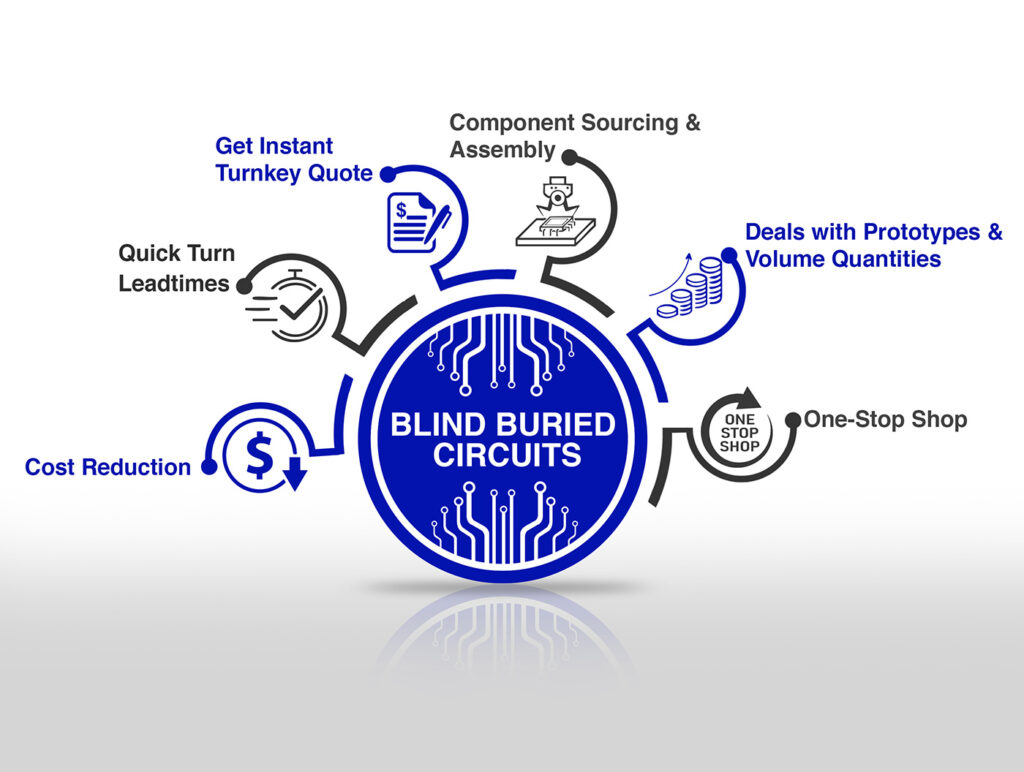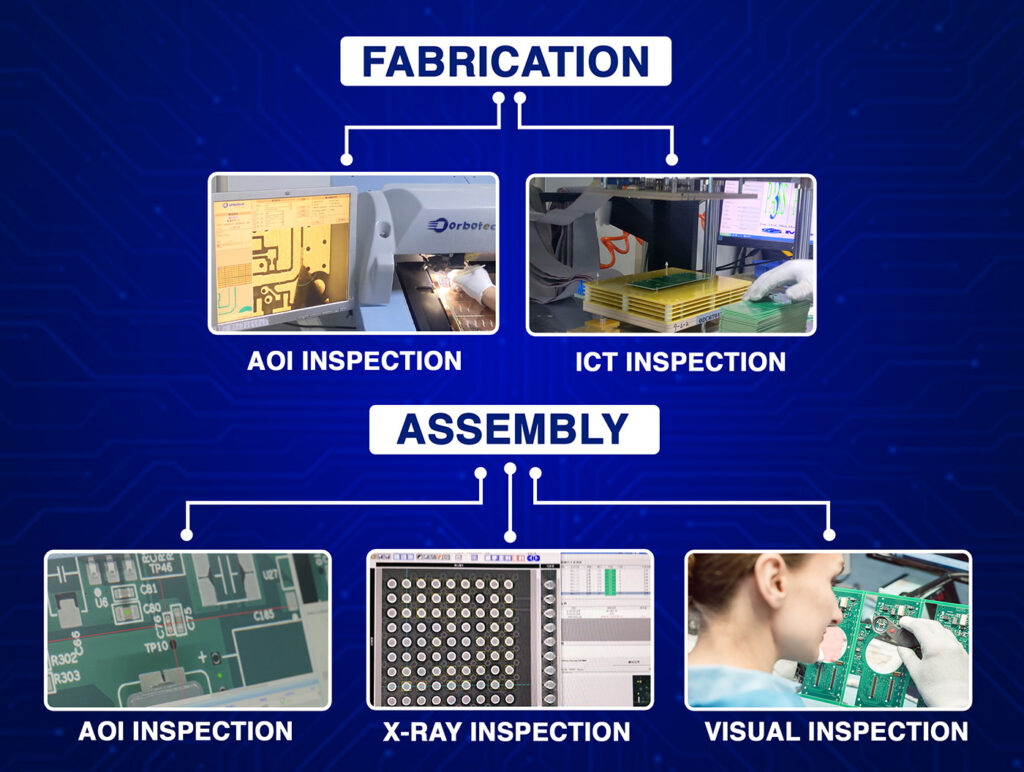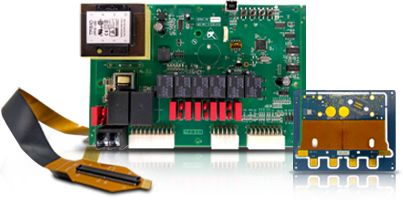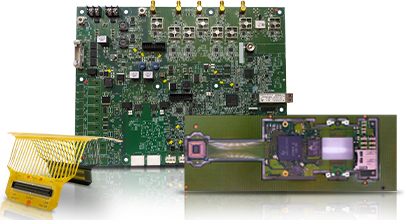The world is advancing at a rapid rate like never before, and modern-day changes are quite prominent in flexible displays. Foldable smartphones, wearable devices, and flexible display TVs are all radically transforming our relationship with electronics.
It’s quite interesting how these displays are made possible. The core of the technology rests with flexible printed circuit boards (PCBs), which are made to bend, twist, and fold just like the screens they operate on.
What Are Flexible Displays?
Flexible displays are a new breed of screens that can bend and fold without breaking. They are different from traditional flat screens, which are rigid and fragile. Flexible displays can be rolled, curved, or even folded, opening up exciting new possibilities for how we use our devices.
OLED, or Organic Light Emitting Diode, is a display technology that has garnered much attention in the market today. Unlike older LCDs, which require a backlight, OLEDs can function without one, rendering them much thinner and more flexible. Because of this, flex circuit board manufacturers have been able to make displays that flex and bend without compromising image quality.
The development of flexible displays has enabled devices such as foldable smartphones, curved televisions, and wearable devices. As these gadgets gain more traction, the demand for flexible PCBs grows as well. But what exactly are those, and why are they so important?
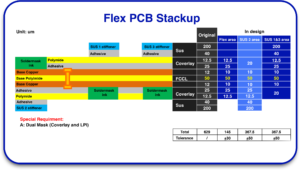
Why Flexible Displays Need Flexible PCBs?
Each electronic device operates using a PCB. A PCB, or printed circuit board, refers to a board within an electrical device that provides physical support and connectivity to crucial components like chips, sensors, and various wires.
For older fixtures, Flexible PCBs made from solid fiberglass are integrated. This type of board is suitable for devices that do not need to bend or move.
However, flexible displays are different.
In order for the screen to bend and fold without breaking, the inner PCB must be flexible, too. This is where flex circuit boards come in. A flex circuit board is made of materials that enable it to bend and flex along with the display. Without these flexible PCBs, foldable or rollable screens would not be possible.
How Flexible PCBs Work with Flexible Displays
The flexible PCBs are essential to ensuring that power and data stream through the device when it is bent or folded. Likewise, the flexible PCB is all that is required to ensure that the different parts of the device work. It ensures that everything works in unison regardless of how the device is shaped.
The Use of Flexible PCBs in Displays That Are Flexible: A Systematic Approach
Flexible displays, like an OLED screen, require a flexible PCB to connect it with the rest of the device. In simple terms, a flexible display integrates the screen and device using a flexible PCB. The flexible PCB is responsible for sending electric signals from the screen to the other parts of the device.
A flexible PCB must balance durability and flexibility, which is challenging. Designers have to ensure that the board can bend tens of thousands of times without tearing any of the connections or damaging the components on the board.
Without this, flexible PCB fabrication cannot be done, and the planning at the start can be more convoluted than conservative. The planning can make or break the entire fabrication process, adding to the difficulty of planning. If a flexible PCB is planned properly, it can withstand a large amount of repeated bending while remaining functional.
Polyimide is used to make flexible PCB components because it can flex without fracturing. This material’s resistance to heat and chemicals ensures its utmost durability, allowing it to endure everyday usage. A flexible PCB contains narrow traces that merge all parts of the device, thus enabling proficient communication and power delivery throughout the structure.
The Difficulties Encountered in the Making of Flexible PCBs
Unlike rigid PCBs, flexible board fabrication is much more complicated. Flex circuit board makers encounter a few difficulties when building and designing flexible PCBs.
Choosing the Right Materials
Selecting the correct materials from the start is very important for flexible PCBs. Polyimide is the most popular material because of its adaptability and tolerance for high temperatures.
Different devices, however, have specialized requirements that flex circuit board manufacturers must meet. The material used has to be able to endure bending and flexing without compromising the board’s performance, simultaneously ensuring flexibility and sturdiness.
Manufacturing with precision
Flexible PCBs require stringent production measures. Even the smallest mistake in design or the actual manufacturing could render the piece unusable. They are produced by employing special processes such as laser cutting and high-precision printing. They also require the ability to use dependable tiny traces and connections.
Placement of Components
The placement of components on a flexible PCB is more complex than that of a rigid PCB. The components have to be arranged so that they can move along with the board without getting detached or damaged. This involves thorough designs and meticulous steps, especially when the PCB is encased within a device that is subjected to constant bending or folding.
Thermal Management
Heat is a by-product of flexible displays, especially OLED screens. Most importantly, it is crucial for the PCB parts not to overheat, which makes proper thermal maintenance a must. PCBs have to be designed to dissipate heat in order to maintain the device’s functionality.
Types of Flexible PCBs
Each of these is designed for specific purposes and features. Flexible PCBs are generally categorized into the following:
Single-Sided Flexible PCBs
These single-sided boards consist of one layer of conductive material on one side of a flexible substrate. They are most effective in basic electronic devices with relatively less complexity in circuitry. Basic flexible displays and wearables are the two main uses of single-sided flexible PCB devices.
Double-sided Flexible PCBs
These boards comprise two layers of conductive materials, one on each side of the flexible substrate. They are used in more complex devices, such as foldable smartphones and tablets.
Multilayer Flexible PCBs
Multilayer flexible PCBs consist of more than one layer of conductive material separated by layers of insulating materials. This design allows for the creation of complex, compact, and high-performing circuits, which are ideal for advanced devices like medical equipment, aerospace technology, or flexible displays.
The Future of Flexible Display Technology and PCBs
There is a great deal of anticipation surrounding the advances likely to be achieved in flexible display technology. As devices get thinner, lighter, and more flexible, the integration of flexible PCBs onto them will increase.
Foldable smartphones, flexible televisions, and wearable electronics are becoming increasingly common, which is a step closer to achieving these technological innovations, although this is just scratching the surface.
New, more advanced technologies are expected to emerge in the specific field of flexible displays, including rollable ones. These can be unrolled like a piece of paper, which provides new options for how devices are shaped. Flexible PCBs will have to adapt to these new types of displays while ensuring reliability and performance.
Other sectors, such as the automotive, healthcare, and aerospace industries, are also considering incorporating flexible displays and PCBs into their products. For example, the use of flexible medical sensors and displays in cars has limitless potential.
Conclusion
Flexible display technology is changing the way we interact with electronics today, but much of this would not be achievable without the use of flexible PCBs. Flexible PCBs are circuit boards that can be bent, twisted, and folded while still functioning. As the technology for flexible PCB fabrication grows, so does the number and range of devices that can be marketed, such as foldable phones, wearable technology, and much more.
For electronics engineers, PCB designers, and other technology aficionados, learning how flexible PCBs function in this fast-paced world is essential. Whether you are curious about the technology behind these innovations or designing a groundbreaking new device, the future of flexible PCBs and displays is truly wondrous.
Keeping abreast of recent developments in flexible PCB fabrication and design will enable you to ride the next wave in electronics innovations.

